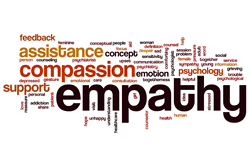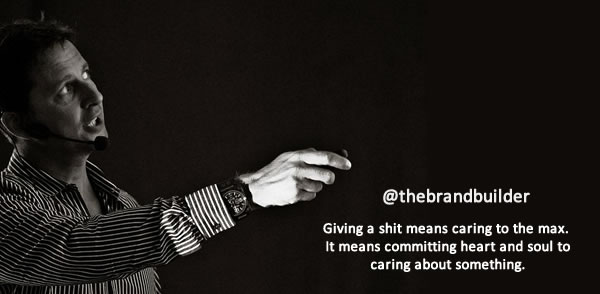 How genuinely human can a business be? How much does a business take human values into account? The Voice of the Customer? Expectations? Intent? Customer experiences? The fact that the web has become more social and given a voice to people, surely has an impact on most business and forces them to listen to their customers and ecosystems.
How genuinely human can a business be? How much does a business take human values into account? The Voice of the Customer? Expectations? Intent? Customer experiences? The fact that the web has become more social and given a voice to people, surely has an impact on most business and forces them to listen to their customers and ecosystems.
However, that’s not the case for all businesses and industries: some simply don’t have to care too much, given the nature of their often controversial activities. Fortunately, they are becoming exceptions. Despite the clear and simple fact that a company lives to be profitable in the first place (shareholders must be satisfied and employees paid) and the existence of agendas and realities that are still hidden behind the smokescreens of corporate communication and PR, the need to be human in all business processes and marketing/communication interactions grows fast.
The need to be human – caring to the max
And the reason is very simple: companies that “give a shit” as my respected friend Olivier Blanchard always says, do cause a change. The others increasingly will as they see their competitors turn people-centric and pick the fruits of it.
In fact, it’s not even about companies, it can be about those few individuals that are very human in their interactions with customers and really can be the differentiators in a company.

These individuals should get all the space and respect they can get in your business. Don’t ask me to call them linchpins though, the graveyards are filled with people who were once deemed “indispensable”. They just ware and know more about human relations than the others and they understand that the customer experience in essence is all about emotions and very human factors.
In a recent nice little “Internet Strategy Briefing” by Econsultancy, summarizing key trends within online, the need to be human is mentioned several times, especially if you read between the lines.
Towards human user experiences and touchpoints
One of the areas is the user experience (not the same as the customer experience but certainly a part of it, in the end we’re all customers and users). While user-centred design, usability and user experiences have been always widely advocated, as Econsultancy states, the actual budgets to make the digital touch points ‘user experience centric’ just relatively recently started going up.
We have been looking for ages at design in an era of branding in a very top-down way, focusing on positioning and the brand itself, rather than on emotional connections, let alone consistency and involvement. Brands matter but branding is not a top-down activity with a focus on bells and whistles. It also is about much more than being top of mind or focusing on benefits and core values. It’s about perceived emotional values by the social and human corporate ecosystem that consists of people: customer experiences and touchpoints resulting in an overal customer experience and brand perception. And not just paying lip service to it.
Today, a human approach that goes beyond openness, personality, personalization and transparency is a must, as engagement rules and brands become dynamic, defined by their touch points, interactions and emotional connections.
Being human, consistent, genuine, ‘social’ and reachable and ultimately customer-, people-, journey- and emotion-centric is the equivalent of gaining trust, reaping the fruits of word of mouth and simply achieving conversion. It will increasingly happen online and across all interaction channels. A company with a brand, a concrete building and a board on its’ web site will lose ground to a company with an ecosystem of human beings that interact and engage.
Social conversion when the lines between personal and corporate identities are blurring
There are ample examples of how this humanization of user experiences/customer experiences, interactions and multi-channel touch points, in all digital business functions (marketing, support, etc.) can be translated in technologies, tools and personalized processes.
However, instead of summarizing them, I’ll quote the Econsultancy brief: “lines between personal and corporate identities are blurring in the spirit of openness.”
Add emotion and involvement to that and you know what conversion is very much about in a humanized social environment where people and thus emotions, want to be heard. Make it real and involve in a human way or lose. And realize that humanization goes far beyond user experiences and customer experiences that are all about human factors to begin with.

